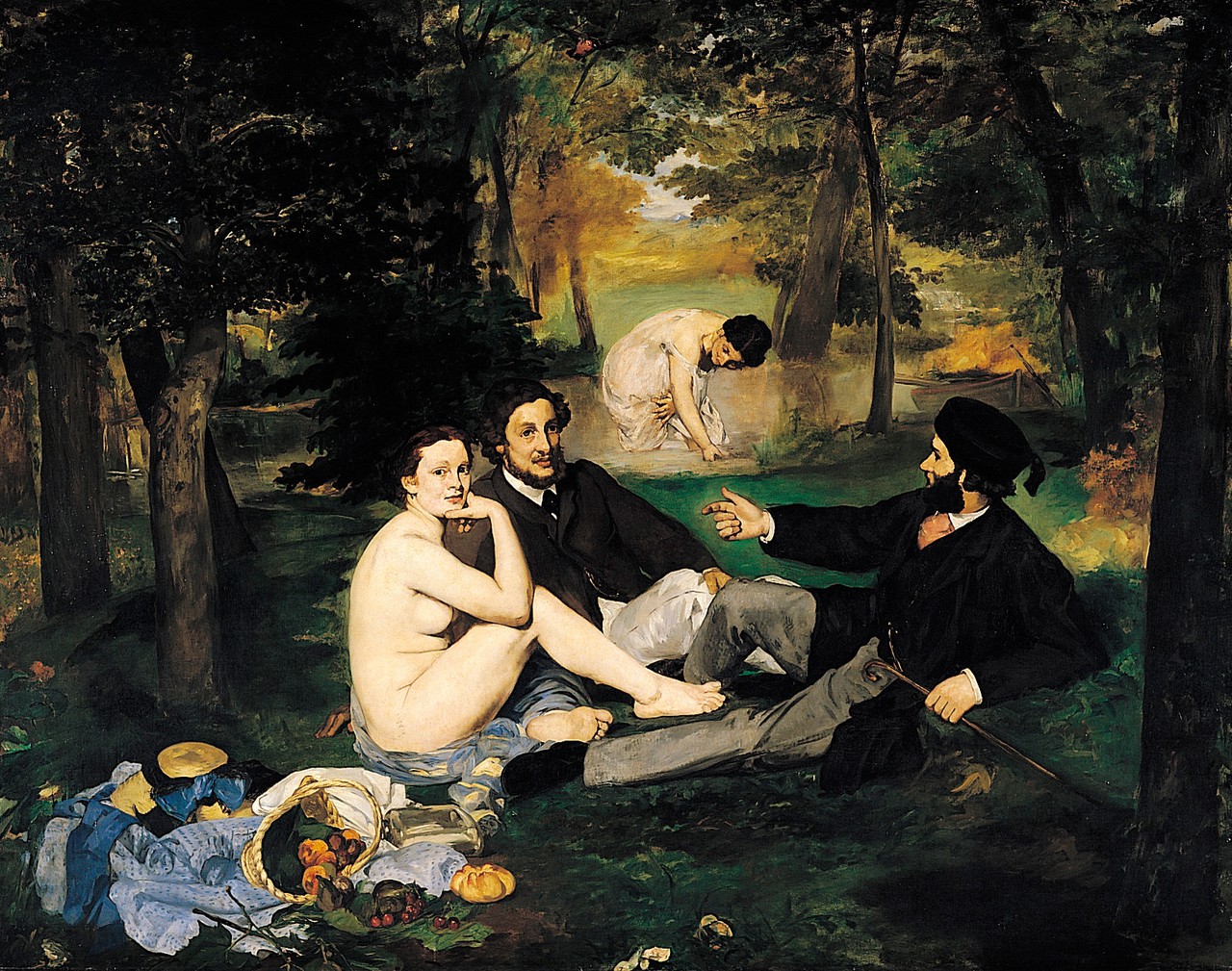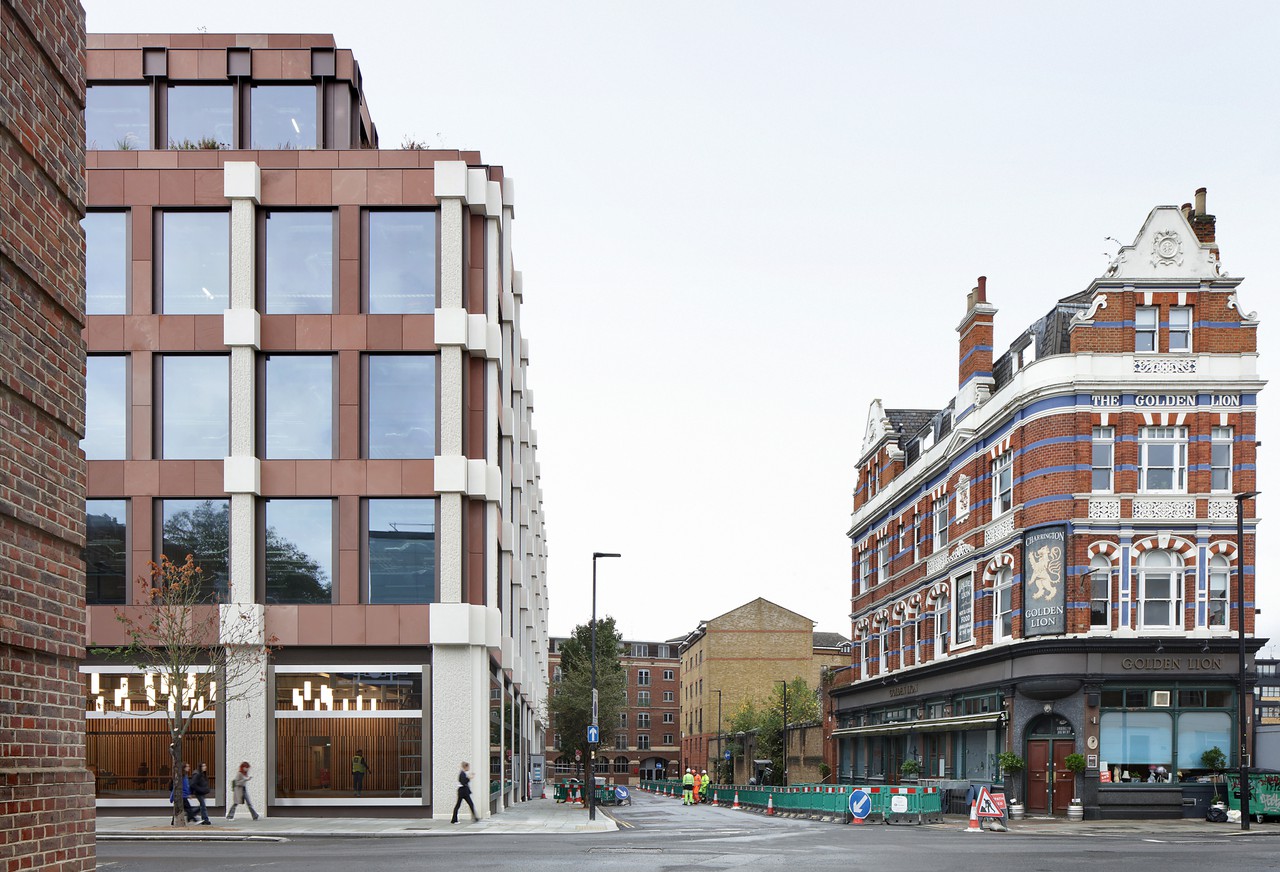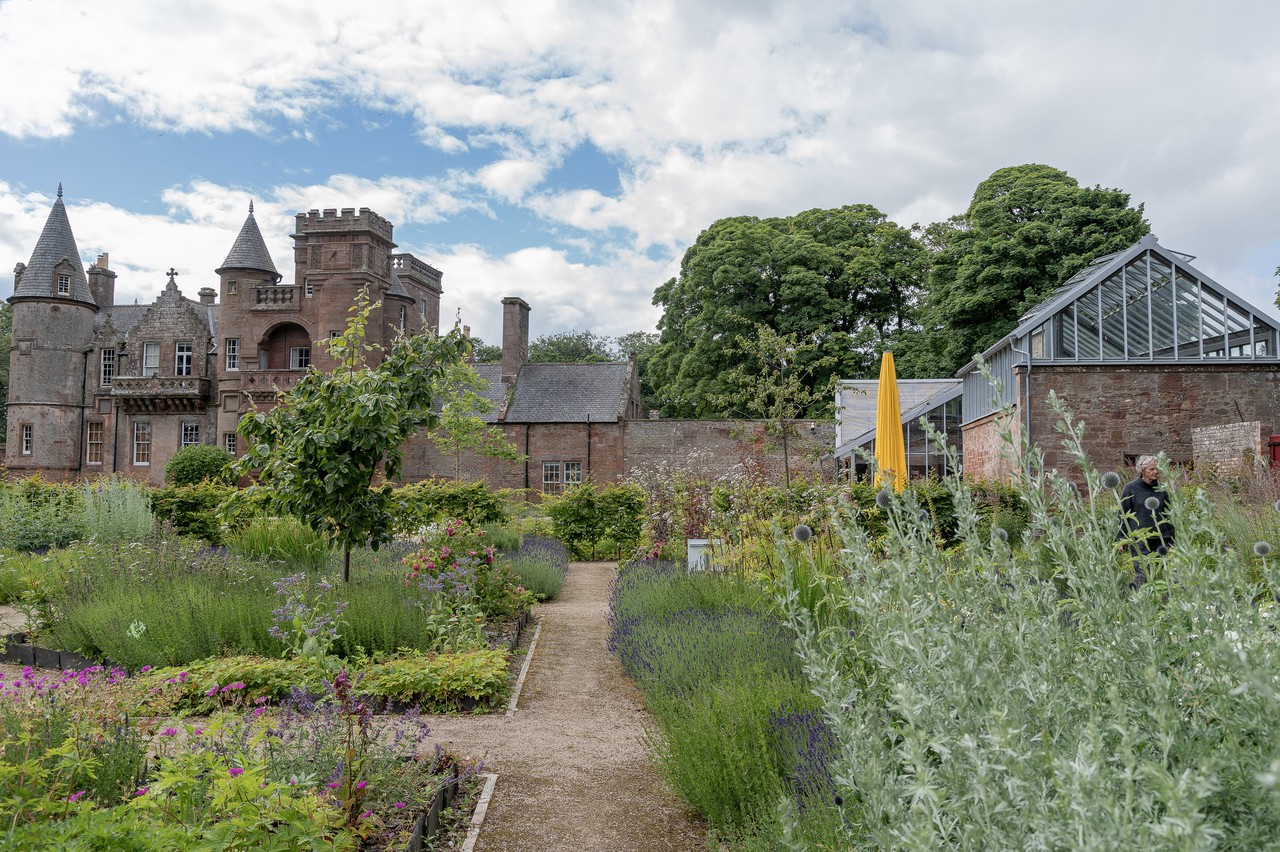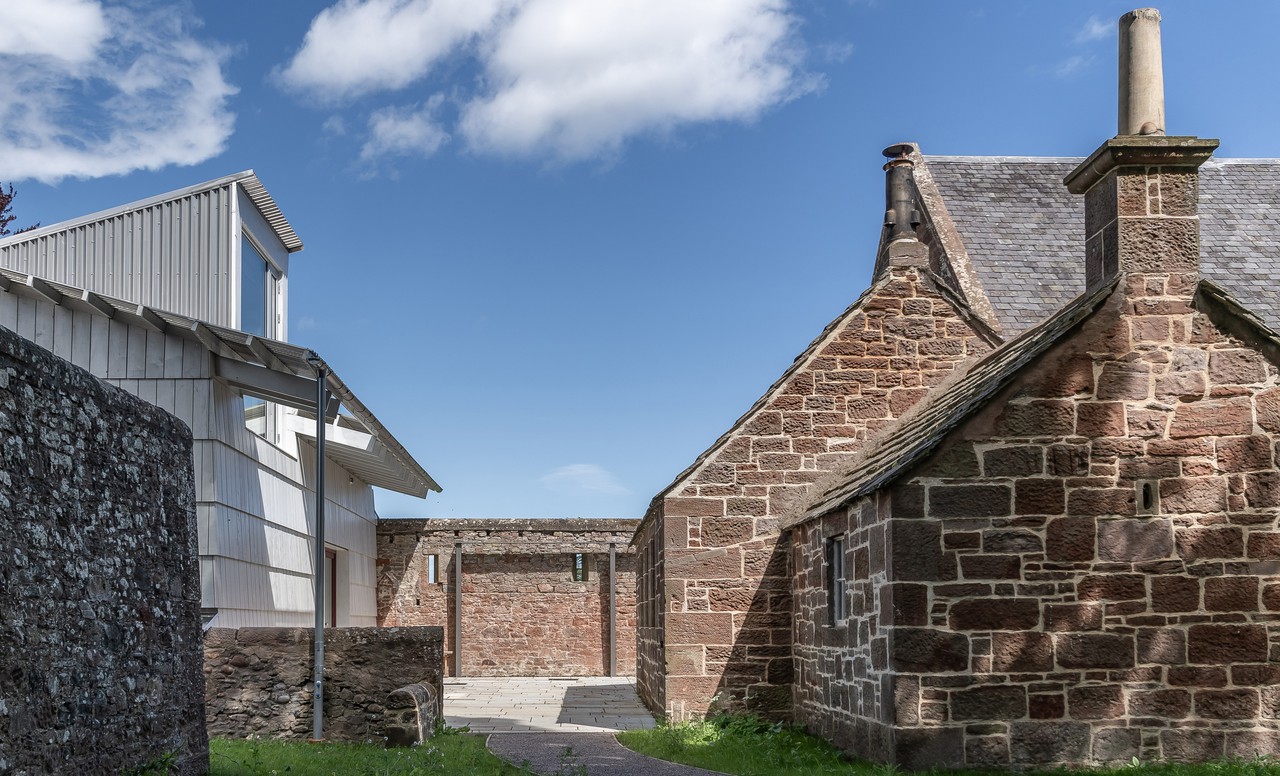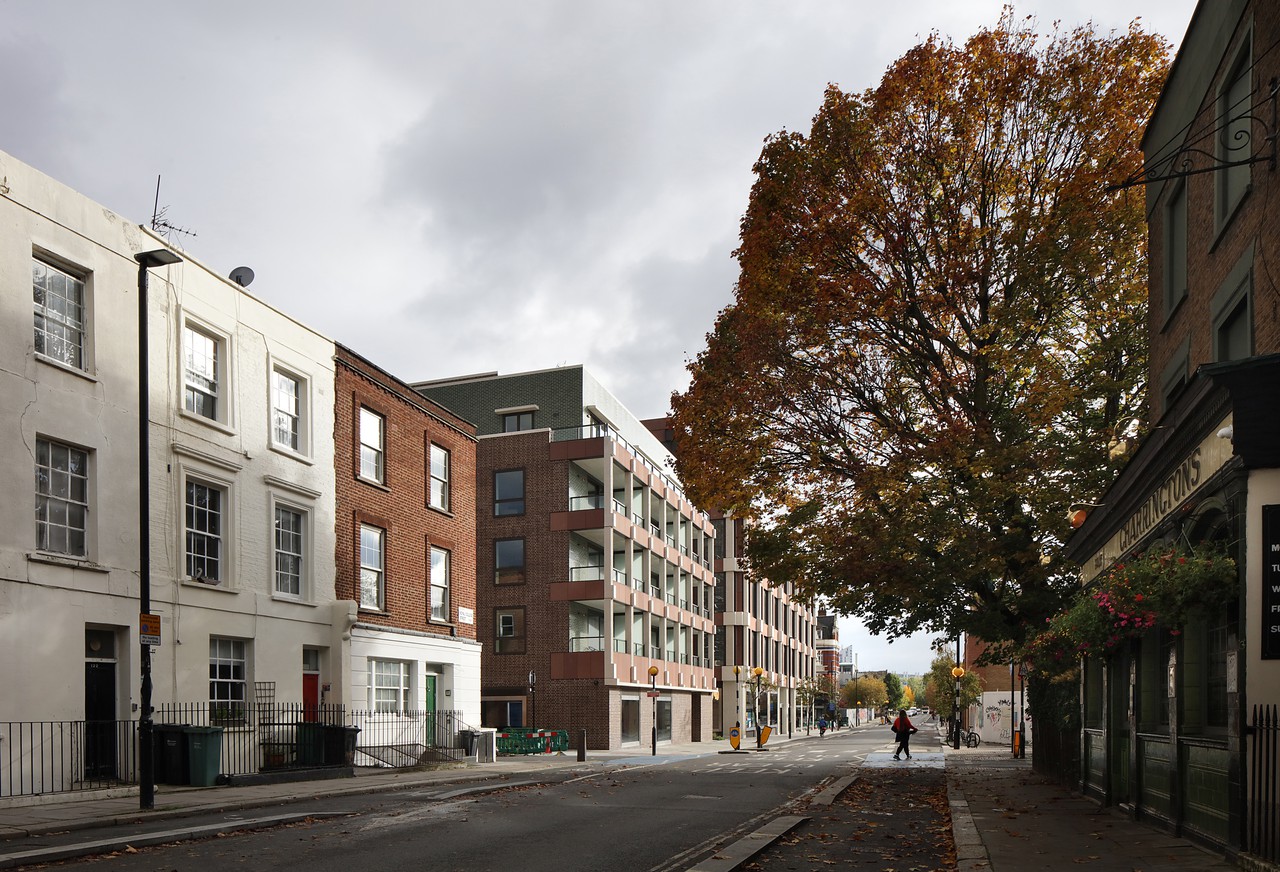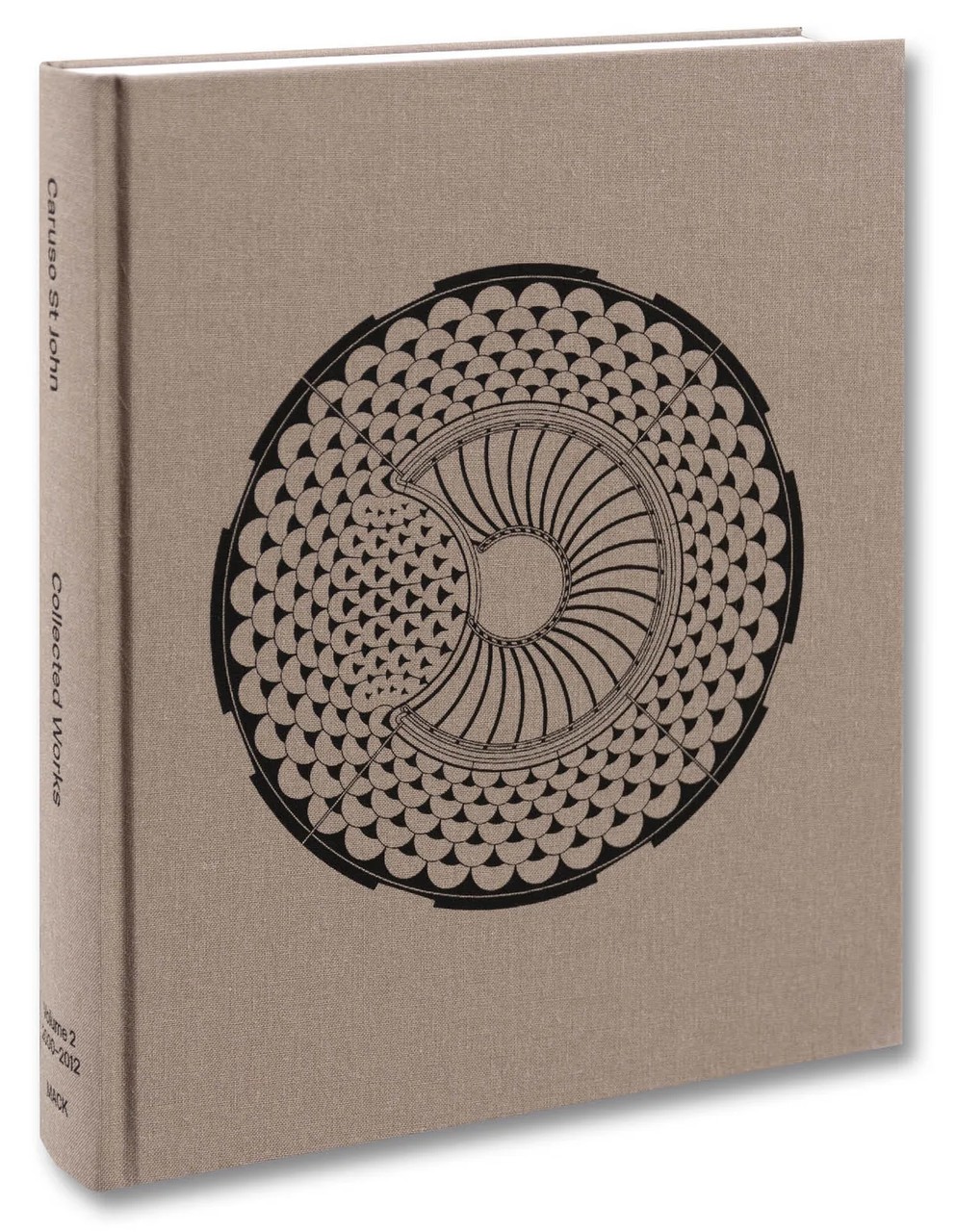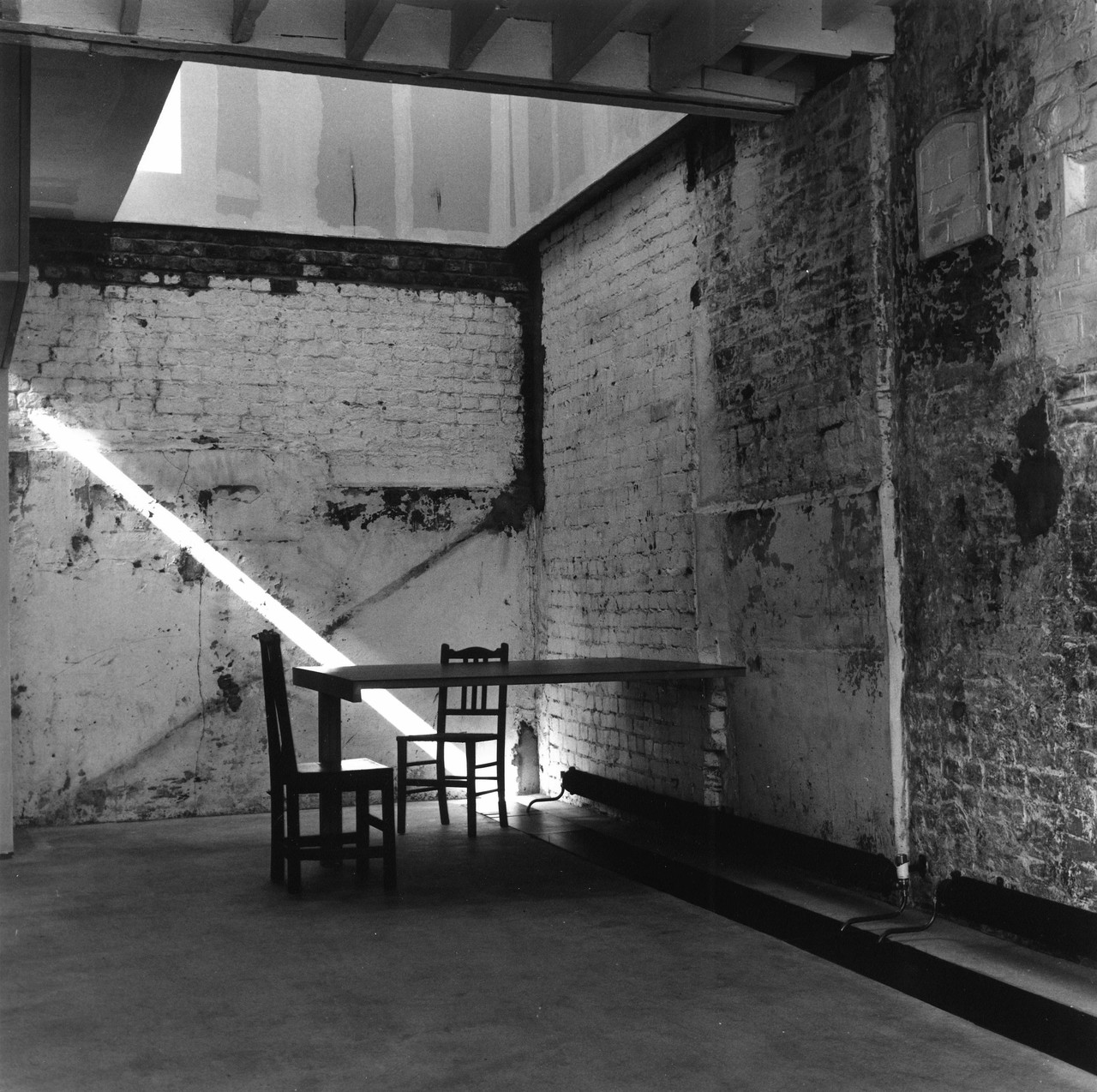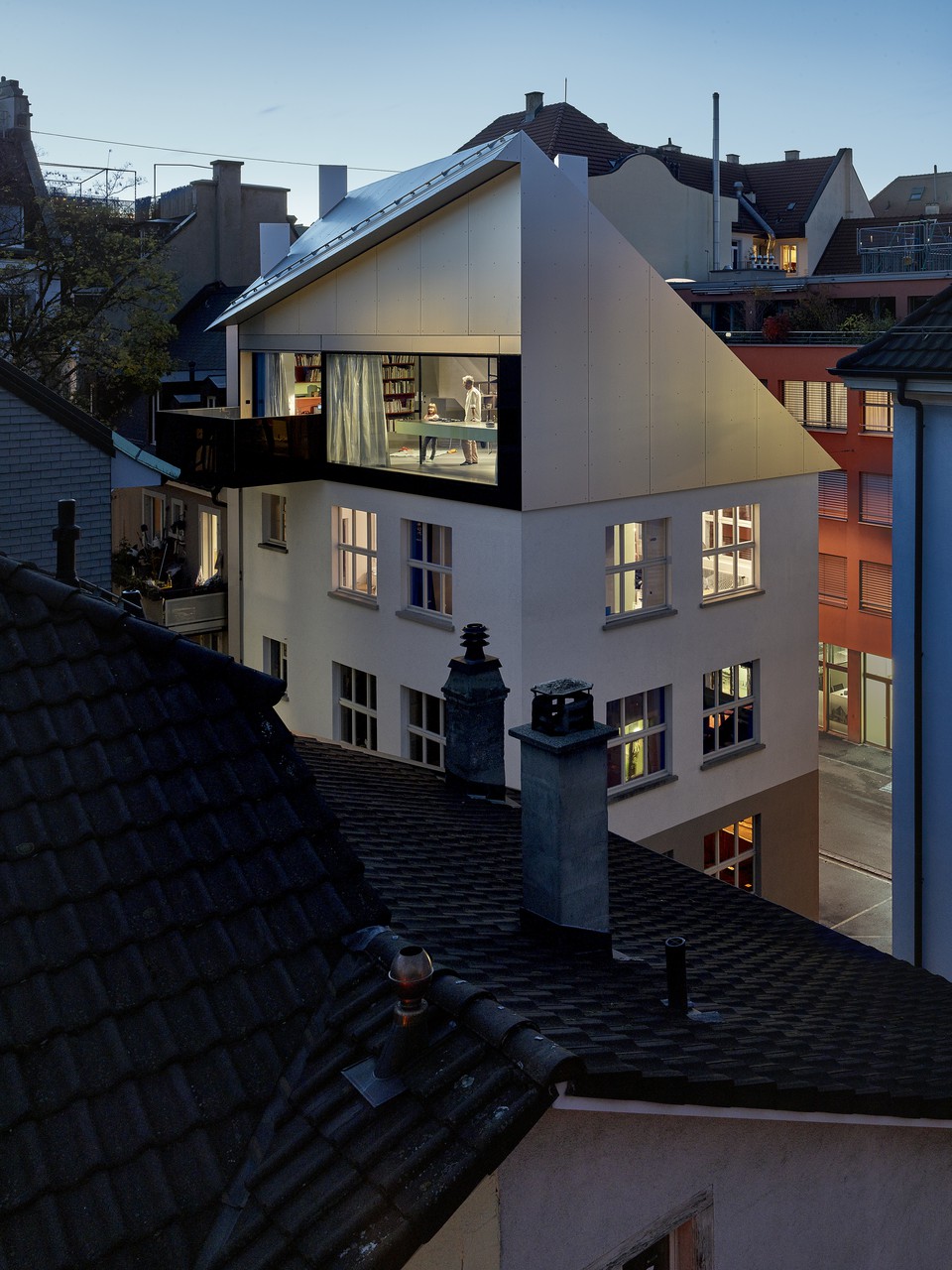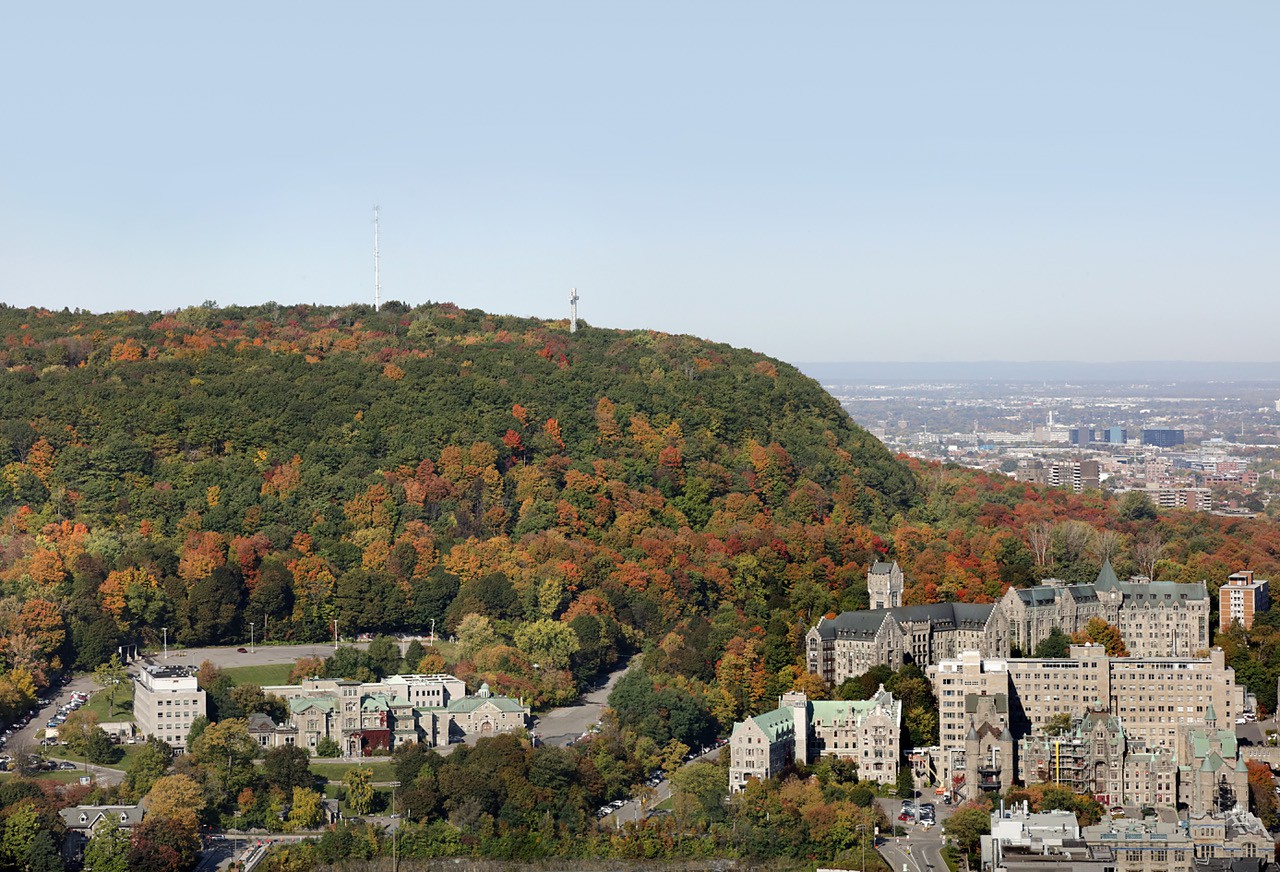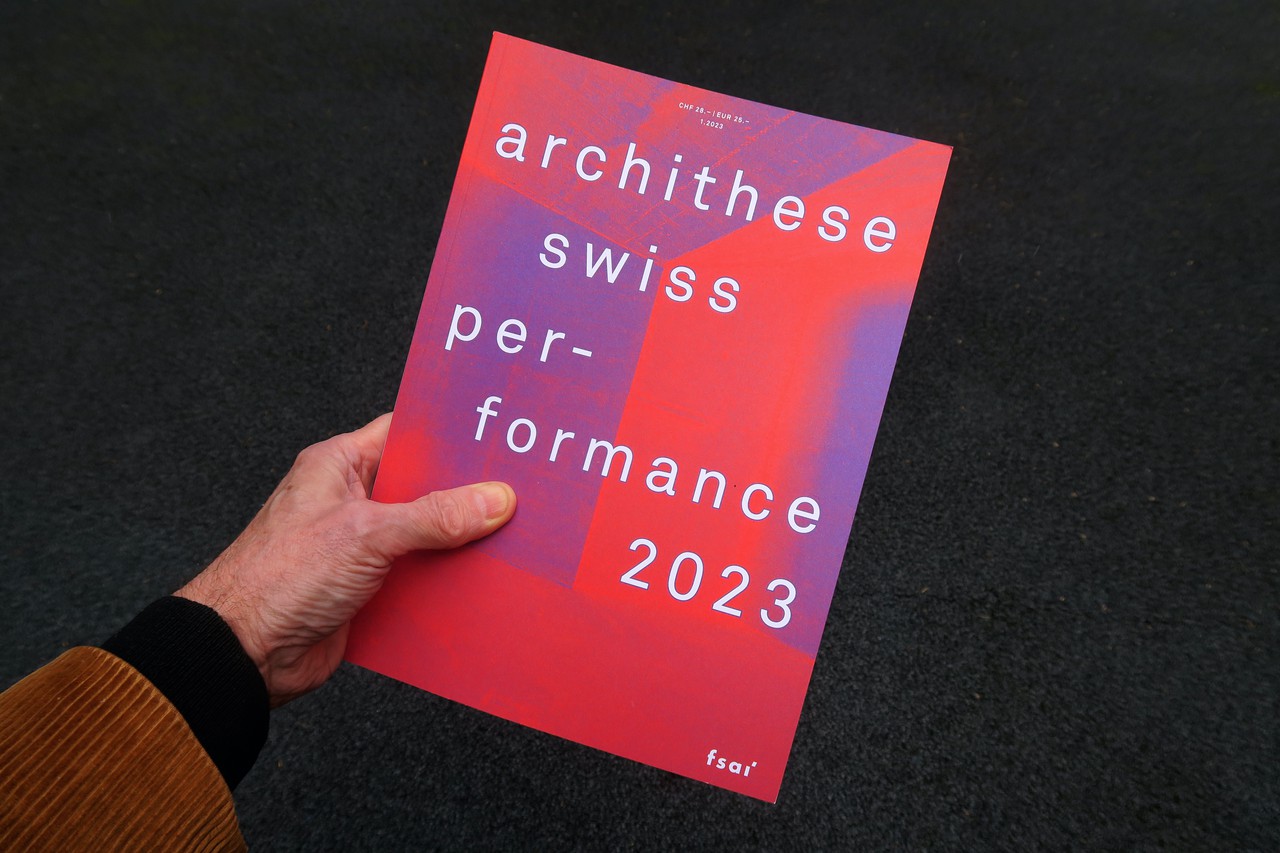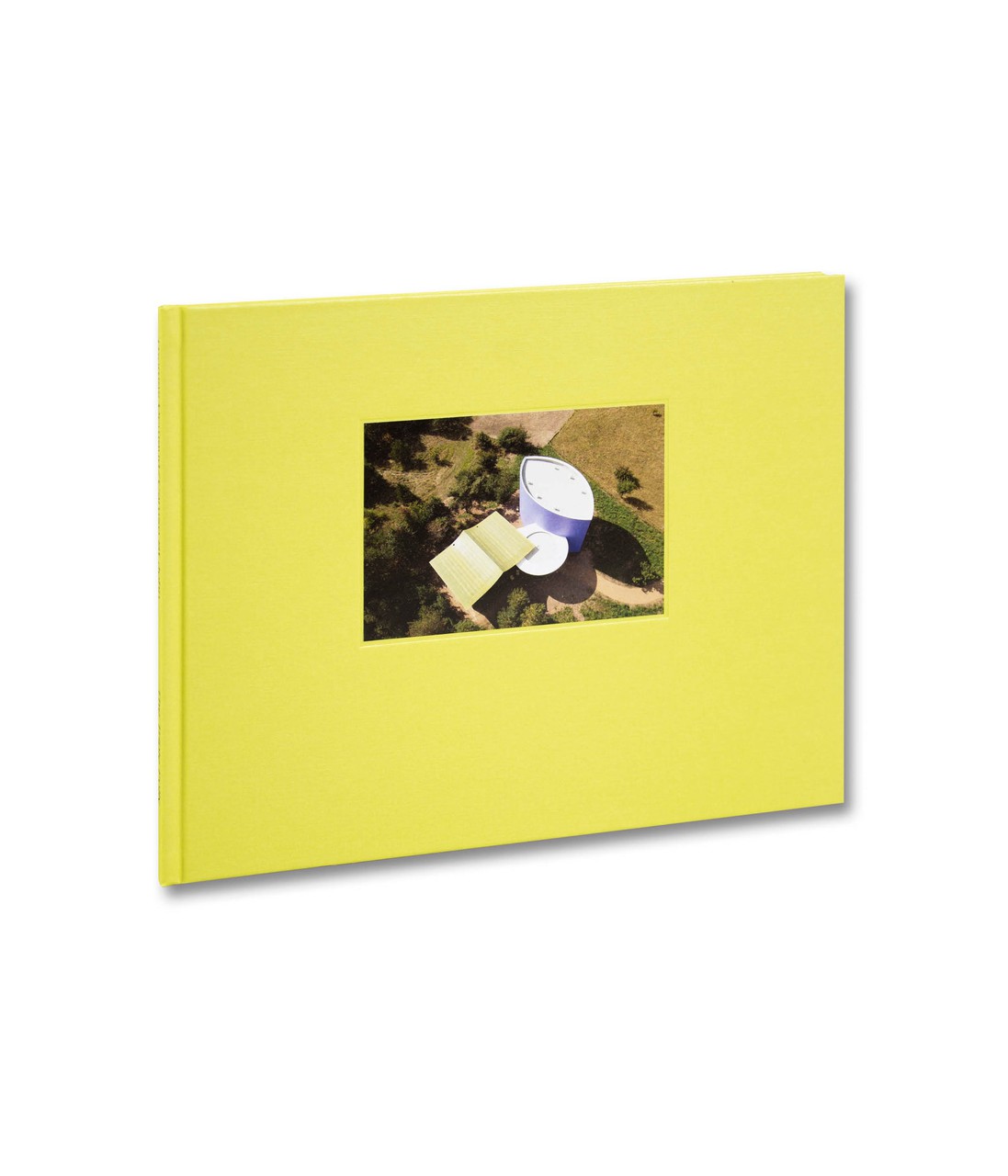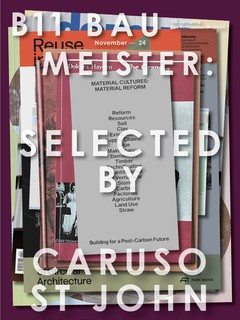
Caruso St John are guest editors of Baumeister's annual curated issue. The issue is conceived as a reader, presenting a series of texts that have influenced the practice's recent thinking, including writing by Material Cultures, Grace Ndiritu, Barbara Buser, and David Holmgren.
A Baumeister Reader
The architectural project shifts every decade or so, the productive turn of the 1950s gives way to the social in the 1960s and 70s, and the formal in the 1980s and 90s. Each change is a reaction to what came before it, and is a response to the present. A few good ideas and buildings come out of each epoch, and much emerges that is of less interest and quality. The last thirty years have seen an unprecedented production of building at a global scale, as architects have aligned their practices ever closer to the economies of extraction. I believe that the only response to this outpouring of resources, at least in the west, is to stop new building.
The new turn will be one of circularity. This new paradigm has enormous potential for architecture, but to engage with these new possibilities we will have to develop new ways of seeing the world and new capacities within our metier. In the early1970s work of artists like Robert Smithson and Hilla and Bernd Becher, a delicacy as well as a sense of the sublime is revealed in the sites and processes of late western industry. Contemporary architecture needs to develop comparable sensitivities to the residue of late capitalism in order to find new kinds of beauty and to fall in love with what today we disparage; new forms of knowledge that enable us to mobilise the material that we presently discard. References to existing architecture have to be expanded to include a much wider sense of the social and the material, in existing situations. We are being presented with an opportunity to engage in a much wider and more substantial way with the world around us.
The contents of this Baumeister Reader touch on different aspects of the challenges that lie ahead for our discipline. Some of the texts are explicitly about architecture while others are more historical and tend to talk around the subject. Some are texts that I read many years ago and have long been part of discussions in the office and my teaching, others I only discovered recently. To be sure, this list is partial and personal, but it is a starting point and hopefully will motivate the reader to add new and different subjects and ideas to their own, personal readers.
Adam Caruso, Caruso St John
Related news
Following his January 5th lecture All Buildings are Beautiful at the Museum of Contemporary Art in Warsaw, Adam Caruso was in conversation with architect Aleksandra Czupkiewicz. A transcript of their discussion is published in the March edition of Architektura Murator.
St Pancras Campus is reviewed in the March edition of the RIBA Journal. Chris Foges speaks to Peter St John about the state of commercial development in London, discusses the building's contribution to its urban setting at the border of Kings Cross and Camden Town, and commends its rich detailing and high quality approach social housing.
Hospitalfield features in the third issue of Alder, a publication documenting Scotland's modern architecture, produced by the office of Mary Arnold-Forster.
Rowan Moore includes the new studio building at Hospitalfield features in his top five projects of 2024, calling it "a playful, expressive structure in which fun is had, in the tradition of Arts and Crafts architecture, with eaves, gutters, cladding and other basics of building".
St Pancras Campus is reviewed in the December issue of the Architects Journal. Rob Wilson visits the building with Peter St John and Rod Heyes and discusses its position in the emerging cityscape between the railway land of King Cross and the Victorian terraces of Camden Town.
This second volume in Caruso St John’s Collected Works is published this month by MACK. The publication traces an interlacing set of themes through the practice’s work over the first twelve years of the twenty-first century. Its unique approach to history is revealed as a rejection of the myth of relentless novelty in favour of an understanding of the past as present and an interest in working with the existing. The influences of Milan, Chicago, and Rome on understandings of the city are explored, as well as the use of ornament and the place of Switzerland in shaping the practice’s evolving trajectory. Throughout these contexts, collaborations with contemporary artists including Thomas Demand and Damien Hirst continue to shape the practice's relations to the materiality and drama of space.
Owen Hatherley takes an in-depth look at the first two volumes of Caruso St John's Collected Works for Sidecar, the blog of the New Left Review, charting the practice's origins in 1990s London and its 'principled refusal' of the tenets of the so-called starchitects that rose to prominence during that decade.
A+U magazine has published a second issue dedicated to the work of Caruso St John. The publication covers projects undertaken since 2015, with a particular focus on the practice's work with existing structures.
Publication
Mount Royal
Adam Caruso
In a publication presented by ETH Studio Jan De Vylder, Adam Caruso reflects on his experiences growing up in Montreal and family visits Mount Royal, the mountain located directly west of downtown and one of the city’s largest green spaces.
The Swiss Life Arena features in Swiss Performance 2023, Archithese's round-up of the best Swiss architectural projects from the past 12 months.
The Swiss Life Arena is reviewed in the March edition of Werk, Bauen Wohnen. Benjamin Muschg takes in the atmosphere at a sold-out game, as the ZSC Lions triumph over HC Davos, and describes the building's unconventional organisation and approach to minimizing energy consumption in use.
Published by Mack Books, The Triple Folly presents an account of the collaboration between Thomas Demand, Caruso St John, and textile manufacturers Kvadrat, which led to the construction of the new pavilion at Kvadrat's headquarters in Ebeltoft, Denmark.
